Contents
Toggle
Meet Beenish Aslam, an accomplished Mphil scholar and writer at Wonderful World English. Beenish has a wealth of experience in education, and we sought out her expertise to provide fresh insights into this dynamic world.
Asia is the world’s largest continent, rich in culture and natural beauty.
It’s also home to the most people, with about 60% of the world’s population living there!
So it is no surprise that Asia is home to a wide range of languages.
If you’re interested in learning a language from this vast continent and want to know which can be learned the fastest, you’re in the right place!
Indonesian or Malay is regarded as the easiest Asian language to learn for English speakers and is the only Asian language that ranks as category three on the language difficulty ranking index. Other relatively easy Asian dialects include Burmese, Tagalog, Thai, Khmer, Vietnamese, and Gujurati.
If you’re looking to learn a new language, it’s important to consider your goals and what you want to achieve.
Are you looking for new career opportunities, or do you want to travel and explore?
I am an Asian multilingual with a passion for languages, and I hope to give you some valuable insights today.
Learning a new language can be very rewarding, but it takes time and dedication, so don’t expect any language to be understood overnight.
That being said, some languages can be learned faster than others.
So without further adieu, let’s look at some of the easiest Asian languages to learn.
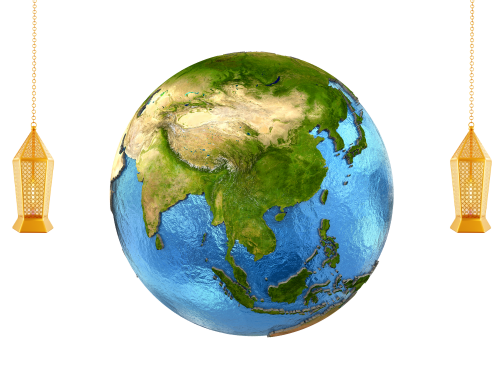
Easiest Asian Languages to Learn
It’s imperative to understand that any new language will take time and effort.
Asia is a bustling continent with so much to offer, so learning one of its languages could open up tremendous opportunities for anyone who takes the time.
We’ve established that Indonesian or Malay is the easiest Asian language to learn.
We will go into more detail about it before showing you some other Asian languages in no particular order.
The list below is some of the easiest Asian languages that an English speaker can learn:
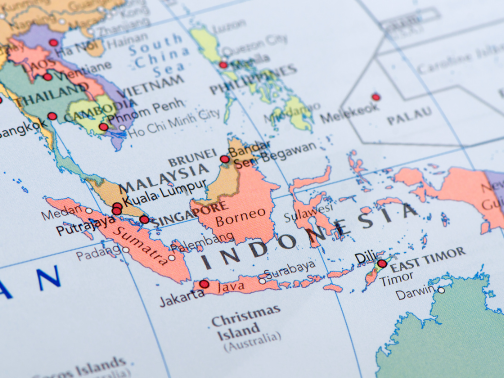
1. Indonesian / 2. Malay
Indonesian is Indonesia’s official language and is closely related to Malay, so we put them together.
While many people associate Malay solely with Malaysia, Malay is native to Singapore, Brunei, and other regions in Asia as well!
With approximately 57 million native speakers around the world, Malay is considered the easiest Asian language to learn.
Malay and Indonesian are the only Asian languages that rank as category three on the language difficulty ranking, meaning they take about 900 hours to learn.
You might be wondering what sets this dialect apart from others regarding ease of learning.
Firstly, Malay does not have conjugations, meaning there are no complicated verb forms to memorize or navigate.
Unlike many languages, Malay does not employ genders, plurals, or verb tenses.
This simplicity lends itself to a smoother learning experience.
Malay also employs an alphabet based on the Roman alphabet, eliminating the need to grasp an entirely new alphabet system and reducing the learning curve.
If you’re looking for an Asian language, Malay can be an excellent choice due to its ease of comprehension.
Indonesia has one of the highest English proficiencies in all of Asia.
If you want to know what Asian countries speak English, click the guide below!
Related Article: What Asian Countries Speak English? – Full Guide
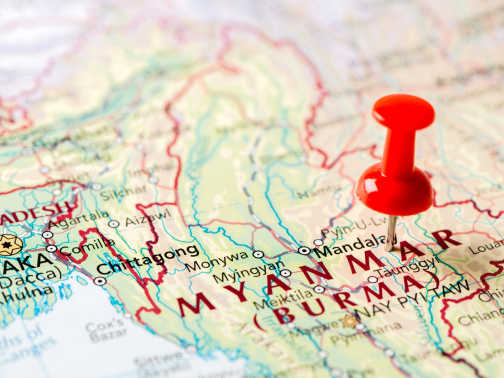
3. Burmese
Burmese is the official language of Myanmar.
Burmese extends its reach beyond the borders of Myanmar, finding its place in neighboring countries such as Bangladesh, Malaysia, and Thailand.
This widespread presence highlights the influence and relevance of Burmese in the Southeast Asian region.
The number of individuals speaking Burmese globally exceeds 38 million.
From a professional standpoint, the significance of Burmese cannot be overstated.
With an ever-expanding global marketplace, being fluent in Burmese opens doors to numerous opportunities in employment and business.
It enables individuals to effectively engage with a vast network of Burmese speakers, facilitating trade, cultural exchange, and collaboration.
By embracing Burmese, individuals can tap into a vibrant and thriving community, enriching their lives and broadening their horizons.

4. Tagalog
Tagalog, also known as Filipino, belongs to the Austronesian language family.
With over 33 million native speakers, it is the first language for a significant portion of the Filipino population.
Tagalog also serves as the second language for many Filipinos.
Beyond the Philippines, Tagalog has gained prominence in various parts of the world.
Many people in Western countries have embraced Tagalog and use it to communicate.
Notably, Tagalog has secured its place as the sixth most spoken language in households around the United States.
This recognition highlights its growing influence and the cultural impact of the Filipino community within American society.
The enduring popularity of Tagalog demonstrates its versatility as a language of expression and connection, forging meaningful communication between individuals from diverse backgrounds.
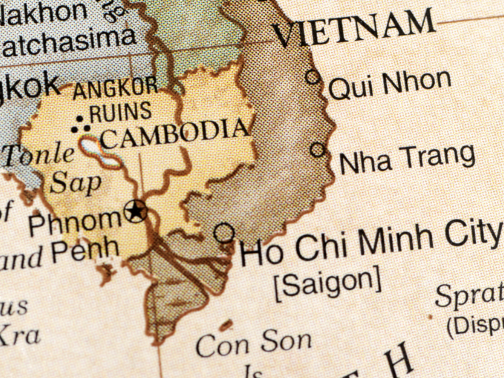
5. Cambodian or Khmer
Cambodian, also known as Khmer, is the official language of Cambodia and belongs to the Mon-Khmer language family.
One notable aspect of Khmer is its relative simplicity compared to other languages.
Unlike Vietnamese, Khmer does not rely on tones, making it easier to learn.
In Vietnamese, changing the pitch of a word alters its meaning, which can be challenging for learners.
However, in Khmer, you don’t need to worry about pitch variations when speaking, simplifying the language acquisition process.
Another advantage of learning Khmer is its grammatical structure.
Like French, English, and Spanish, Khmer follows a subject-verb-object order, making it familiar and intuitive for language learners.
This logical word order lets learners quickly grasp grammar rules and construct meaningful sentences.
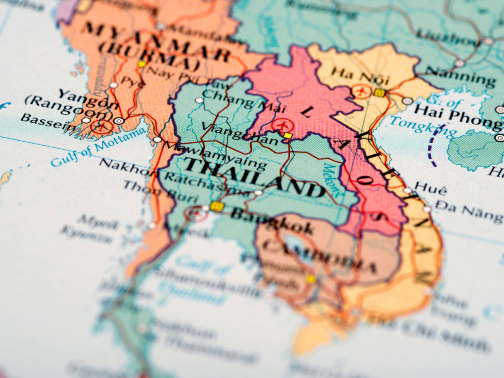
6. Thai
Did you know that Thai, the official language of Thailand, is spoken by over 70 million people?
Not only is it widely spoken within Thailand, but it’s also found in various other parts of the world.
The Thai alphabet is an intriguing aspect of the language, consisting of forty-four basic consonants.
Interestingly, each consonant carries an inherent vowel sound, with the vowel (o) placed in the middle and (a) at the end.
This unique feature adds depth and complexity to the Thai written language, making it a fascinating subject of study for linguists and language enthusiasts.
Thailand has a large ex-pat community, with many teaching English as a Second Language (ESL).
If you want to know more about how to teach ESL in Thailand, click the link below!
Related Article: How to Teach English in Thailand – All You Need to Know

7. Hindi
Hindi, an Indo-Aryan language primarily spoken in northern India, holds a significant position in the linguistic landscape of the region.
It finds its roots in states like Bihar, Delhi, Haryana, and Jharkhand, where it is widely spoken and cherished.
With over half a billion native speakers, it is one of the world’s most popular and sought-after languages.
Being the thread that binds India together, Hindi plays a crucial role in unifying a diverse and multilingual country that boasts an astonishing array of more than 400 languages and dialects.
It serves as a common language, allowing people from various regions to communicate and connect effectively.
The influence of Hindi extends beyond the borders of India and resonates in different parts of the world, including Bangladesh, New Zealand, Singapore, Nepal, and South Africa!
Hindi isn’t the easiest language to learn due to its distinct script, grammar rules, and pronunciation patterns.
Still, it makes this list because a wealth of resources are available for English-speaking learners.
To learn more about Hindi, check out the article below!
Related Article: Is Hindi Hard to Learn for English Speakers? – Answered

8. Gujarati
The Gujarati language stands out, with approximately 62 million speakers worldwide.
Primarily spoken in the Indian states of Gujarat, Rajasthan, Karnataka, and Madhya Pradesh, Gujarati has managed to transcend geographical boundaries, making its mark in countries like Bangladesh, Malawi, and Pakistan.
One of the fascinating aspects of the Gujarati language is its syllabic script.
Unlike the Latin alphabet, Gujarati incorporates vowels within its consonants, resulting in a unique writing system.
This characteristic makes Gujarati an accessible Asian language for learners, offering an engaging and relatively straightforward path to mastery.
Apart from its distinctive script, Gujarati also exhibits an intriguing feature in its grammatical structure — three genders.
With masculine, feminine, and neuter classifications, the language adds depth and richness to its expressions, allowing for nuanced communication and vibrant storytelling.
Whether you’re drawn to Gujarati for its cultural significance, business opportunities, or personal interest, exploring this language opens doors to an expansive world of possibilities.

9. Vietnamese
Vietnamese, the language of Australasia, holds its roots in Vietnam and proudly serves as the national and official language of the country.
There are over 85 million Vietnamese speakers in the world.
It is also the fifth most spoken language in the U.S.
One fascinating aspect of Vietnamese is its gender-neutral nature, making it a language that promotes inclusivity and equality.
Additionally, it exhibits a remarkable scarcity of plurals, setting it apart from many other languages.
A captivating feature of Vietnamese is the profound influence of Chinese on its vocabulary.
Studies estimate that Chinese contributes to approximately 50-70% of the Vietnamese language.
However, it is important to note that these words have evolved significantly, developing the language with a distinct Vietnamese flavor.
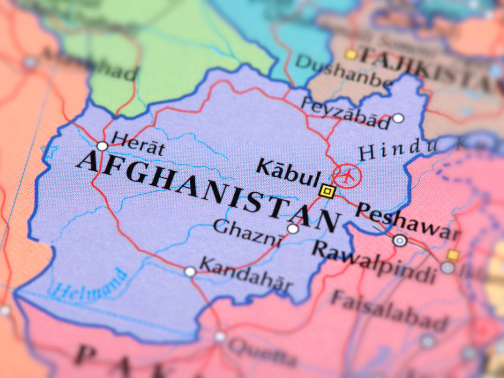
10. Pashto
Did you know that Pashto is a fascinating language belonging to the Indo-European language family?
It goes by names like Pashtu and Pushto and holds a significant place among various communities.
Pashto finds its roots in the hearts of people in Afghanistan, Pakistan, Kyrgyzstan, Tajikistan, and other regions.
However, its influence extends even further, with many speakers in India, Iran, the UAE, the UK, and the US.
An estimated 51.3 million people worldwide communicate in Pashto, making it a vibrant and widely spoken language.
One encounters its diverse dialects when exploring Pashto, which can be grouped into two main categories.
The Southern dialects retain the ancient sounds of /sh/ and /zh/, adding a unique flavor to the language.
On the other hand, the Northern dialects utilize the distinctive sounds of /kh/ and /gh/, creating a distinct linguistic experience.
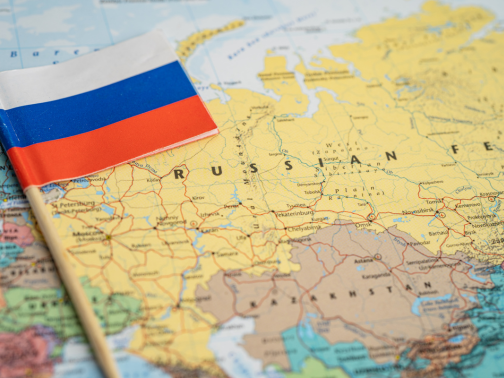
11. Russian
The Russian language belongs to the Indo-European language family, encompassing numerous languages spoken around the world.
Among the Slavic languages, Russian is the most widely spoken, serving as the official dialect of the Russian Federation, with over 150 million native speakers!
Furthermore, globally, the number of Russian speakers reaches an estimated 66 million people, solidifying its place among the top ten most spoken languages worldwide.
Russian holds significant importance in these countries as the formal language of Russia, Kazakhstan, and Kyrgyzstan.
However, its influence extends beyond their borders, as it is widely spoken in many other nations.
The prevalence of the Russian language and its broad reach exemplify its importance as a means of communication for millions of individuals across different nations and cultures.
Russian pronunciation is generally phonetic, meaning words are pronounced as they are spelled.
This can be advantageous for English speakers who often struggle with the irregularities of English spelling.
On top of this, the availability of resources, such as language courses, textbooks, online materials, and language exchange programs, can significantly aid the learning process.

12. Urdu
Belonging to the South Asian Indo-Aryan language family, Urdu is the national language of Pakistan.
With just under 90 million native speakers in Pakistan and India combined, it holds a significant linguistic presence in the region.
Renowned for its elegance and sophistication, Urdu is one of the world’s most captivating languages.
The sheer beauty of Urdu prompts an engaging experience for its listeners, captivating their attention effortlessly.
Whether through the enchanting verses of Urdu poetry or the rhythmic melodies of its music, the language inspires an irresistible desire to explore its depths.
Beyond its regional stronghold, Urdu also finds its way into the hearts of people in other parts of the world.
It is spoken in Afghanistan and major cities within the Persian Gulf countries.
Furthermore, Urdu-speaking communities have established themselves in the United States and the United Kingdom, adding to the global tapestry of this captivating language.
Check out the video below for this information in video format:
Final Thoughts…
Asia is a great continent with so much to offer, both in natural beauty and vibrant cultures.
Learning one of Asia’s many languages can be an enriching experience.
However, no matter which Asian language you might choose to learn, it will take real dedication, patience, and persistence.
Finding a good instructor and learning materials will greatly aid your journey.
Some of the languages in this article, such as Russian, may be made easier due to the wealth of resources available while others, like Malay or Tagalog, are easier to grasp.
By learning a new language, you can equip yourself with many great opportunities in the future.
Remember that it won’t happen overnight, don’t give up; take it one step at a time.
We hope this has helped you better understand languages in Asia and which ones you can learn!
Image Attribution: All images licensed via canva.com





